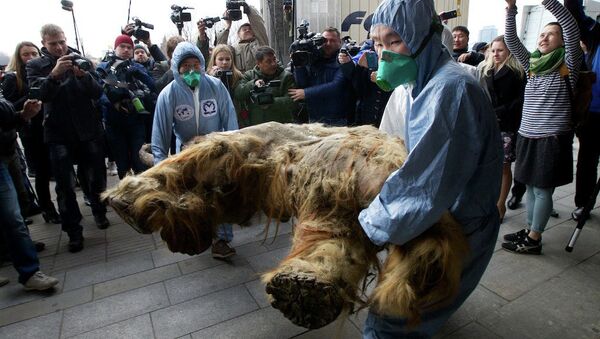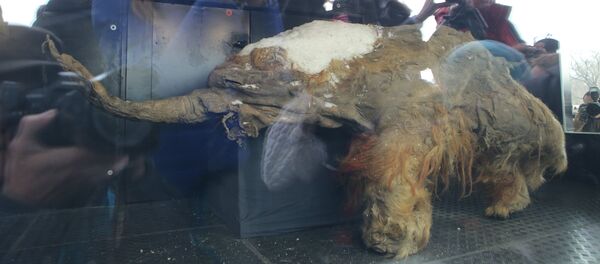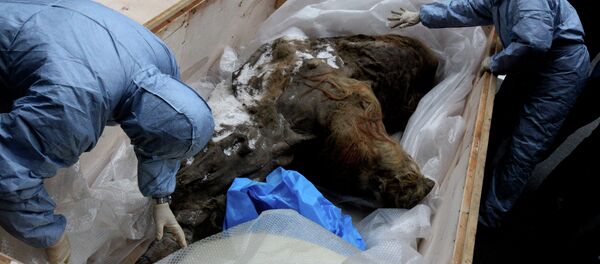However, some experts warn that the action could set a hairy precedent. Dr. Tori Herridge, a researcher who took part in a recent autopsy of a well-preserved mammoth nicknamed "Buttercup," wrote an opinion piece for the Guardian, believes that it would be a step back, as the process needlessly endangers existing elephants, which could face great risks from going through surrogate motherhood.
However, the world is all ears for new advancements in the cloning of the woolly mammoth, as such a feat would be an unprecedented development in cloning technology. Dr. Tori Herridge points out in her opinion piece, the successful cloning of a woolly mammoth would bring great amounts of money for the researcher who succeeds at the task. Because of this, the issues of existing elephants, which are necessary for the successful cloning of mammoths, could be ignored.
Freezing the existent research could also mean trouble, as the resources poured into the task would not easily be recovered. The Korean researchers already developed a system for cloning dogs that could be developed for applications to benefit humans once it's advanced enough for cloning mammoths. Likewise, Dr. George Church's study of the mammoth genome could be used to unlock a wealth of knowledge about extinct animals as well as studies of human evolution.




